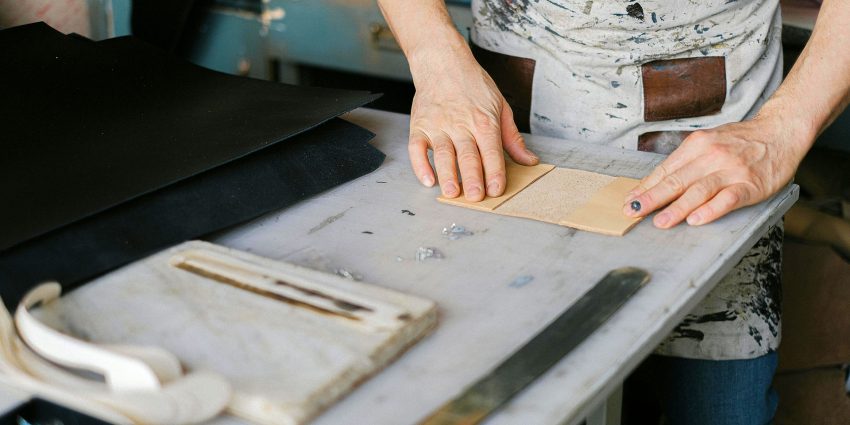Every upholsterer knows the frustration of a project that doesn’t come together the way it should. Sometimes the fabric feels stubborn, sometimes the stitches won’t line up, sometimes the finish looks less polished than expected. While it’s tempting to blame technique or materials, the truth often lies elsewhere, your tools may be the ones holding you back.
The Subtle Signs of Struggle
Not all problems shout. Many creep in quietly. A knife that no longer slices clean but instead drags and frays. A tack hammer that feels slightly off balance with each strike. Needles that bend at the worst possible angle.
These aren’t just annoyances, they’re signals. Signals that the tools aren’t matching the skill in your hands.
When Efficiency Begins to Fade
Good tools keep pace with the worker. They cut, punch, stretch, and secure with consistency. When those tasks suddenly take longer, demand more energy, or leave you repeating steps, efficiency is slipping.
And in a trade where time equals value, slowdowns can cost more than just patience, they cost money.
The Quality of the Finish
Tools leave fingerprints on the final product. A dull blade leaves rough edges. Worn shears leave fabric uneven. A faulty stretcher leaves sagging webbing that will never look crisp.
If finished pieces don’t meet the standard you’re aiming for, the problem may not be your technique at all, it may be the silent failure of tired tools.
Clues to Watch For
A toolkit doesn’t always announce its weaknesses outright. Look closely for these red flags:
- Blades that need constant sharpening but never hold the edge
- Hammers or mallets that feel loose or unsteady
- Scissors that leave threads instead of clean cuts
- Punches or awls that require excess force to do a simple job
Each one may seem small on its own. Together, they tell a clear story: your tools aren’t keeping up.
Why Upgrades Matter
Replacing old tools isn’t just about comfort. It’s about protecting the craft. Precision tools make precise work possible. They reduce fatigue, shorten turnaround time, and sharpen the quality of every stitch, seam, and cut.
Better tools don’t replace experience, but they allow that experience to shine without interference.
The Return on Investment
Some resist upgrading because of the cost. Yet the money lost on wasted material, repeated mistakes, or slowed production often outweighs the price of a durable tool.
A well-made piece of equipment pays for itself not only in longevity but in the confidence it restores to the worker using it.
Conclusion
If projects feel harder than they should, don’t immediately blame your hands. Look at the tools in them. Upholstery is a craft that rewards precision and punishes shortcuts. When tools hold you back, they drag the entire craft with them.
When tools support you, the work speaks for itself, clean, confident, and built to last.

